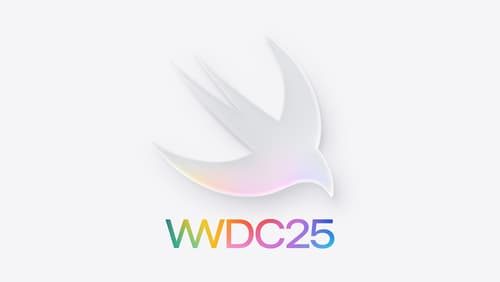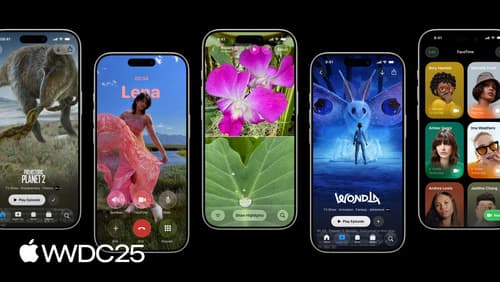How should I update my app to use the new liquid glass design in SwiftUI?
Asked on 2025-06-11
1 search
To update your app to use the new Liquid Glass design in SwiftUI, you can follow these steps:
-
Recompile Your App: Start by recompiling your app with Xcode 26. This will automatically apply the new design to standard controls and views without any code changes. For example, if your app uses
TabVieworNavigationSplitView, these will automatically adopt the new Liquid Glass design. -
Audit and Refine: Review your app's UI to identify areas that might need adjustments. Pay special attention to background colors behind sheets and toolbars, as these can often be removed to better integrate with the new design.
-
Use New APIs: Utilize the new APIs to customize the Liquid Glass effects in your app. For instance, you can use the
GlassEffectmodifier to apply Liquid Glass to custom views. This is particularly useful for elements that you want to highlight or make stand out. -
Adopt Liquid Glass Effects: For custom UI elements, you can create a
GlassEffectcontainer to group elements and apply transitions. This can be done by declaring a local namespace and associating it with the elements you want to include in the glass effect. -
Test and Iterate: After applying these changes, test your app to ensure that the new design integrates well with your existing UI and provides a seamless user experience.
For a detailed walkthrough on implementing these changes, you can refer to the session Build a SwiftUI app with the new design (17:57) which covers Liquid Glass effects in depth.

Platforms State of the Union
Discover the newest advancements on Apple platforms.

Build a SwiftUI app with the new design
Explore the ways Liquid Glass transforms the look and feel of your app. Discover how this stunning new material enhances toolbars, controls, and app structures across platforms, providing delightful interactions and seamlessly integrating your app with the system. Learn how to adopt new APIs that can help you make the most of Liquid Glass.

Build a UIKit app with the new design
Update your UIKit app to take full advantage of the new design system. We’ll dive into key changes to tab views, split views, bars, presentations, search, and controls, and show you how to use Liquid Glass in your custom UI. To get the most out of this video, we recommend first watching “Get to know the new design system” for general design guidance.
